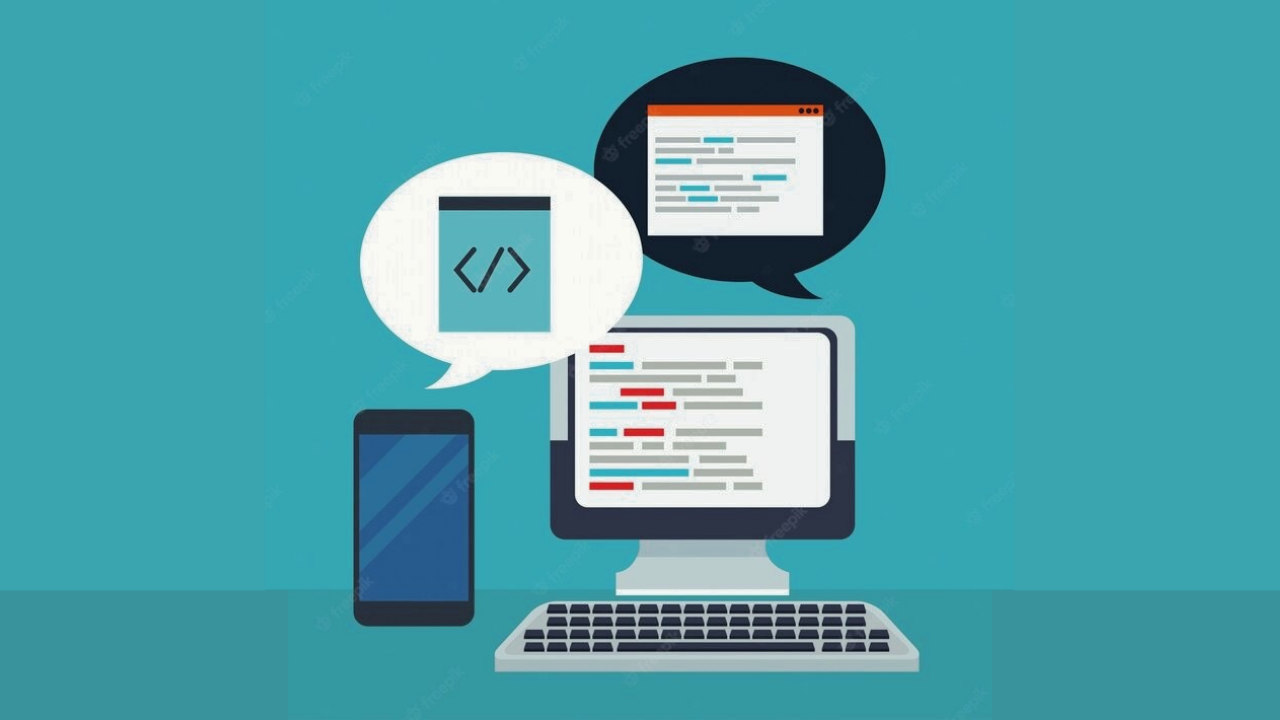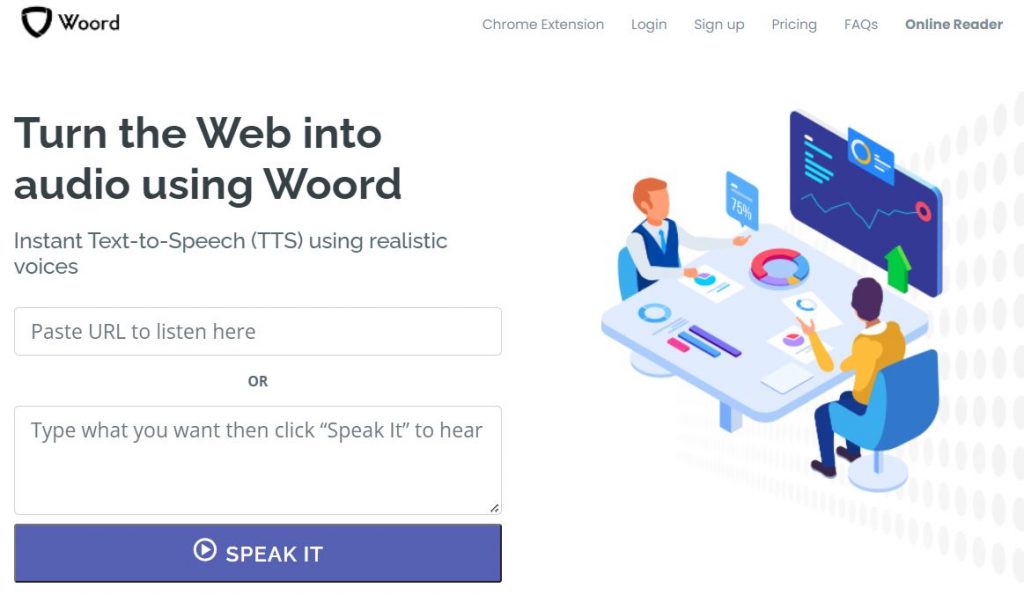Are you a developer interested in converting text to speech? We bring you four steps to get it done.
Text to speech technology, also called TTS, enables digital devices to speak. It is not like a smart speaker such as Alexa, though. These gadgets recognise text characters and, through speech synthesis, turn content into audio resembling human discourse. For that reason, it is also known as read-aloud technology.
What can you use it for? Well, there are several use cases for these widgets: assist individuals with speech, reading and visual disabilities or difficulties, rest your eyes from screens, access websites, documents, books and other content through your ears, multitask and improve productivity, and create a voice for your social media posts (e.g., Facebook, Instagram and TikTok) or for your brand’s marketing purposes, etc. So, yes. Artificial intelligence is increasingly becoming a part of our everyday lives.

Thus, a developer might find it interesting to acknowledge an end-to-end guide to converting text into speech. Luckily, it turns out it can be easy to run a basic TTS programme using Python. Next, we will briefly mention the simple steps to follow:
- Start by installing the module so you can utilise it in the software. Pyttsx3 will be the sole module (code: pip install pyttsx3). Then, as a library to the programme, import the module into the application (import pyttsx3).
- The next step is to create a variable and give it a text value. Your text might be brief or extensive, depending on your preferences.
- Set a variable –engine = pyttsx3.init()– to assign your speech engine. Afterwards, specify the language that the machine should use. Run the following code to view the available languages: voices = engine.getProperty(‘voices’). Then, insert the ‘id’ of the language we need to use into our application –engine.setProperty(‘voice’, en voice id).
- The following code instructs our speech engine to read the text we specified before aloud: engine.say(test). That’s it!
Is it too simple? Are you looking for an updated text-to-speech software? We know about an excellent TTS choice for personal, business and developer/programmer usage! If you want to check it out, we will leave its description below:
Woord
To begin with, Woord is an AI voice generator that produces realistic voices across 28 different languages (including some dialects) in 50 diverse –male, female and gender-neutral– speakers: English, Spanish, Portuguese, French, German, Russian, Turkish, Hindi, Italian, Japanese, Chinese, Vietnamese, Arabic, Dutch, Norwegian, Korean, Polish, Swedish, Bengali, Danish, Welsh, Filipino, etc.
Furthermore, Woord allows its users to customise their spokespeople to their preferences. If you want to speed up or slow down the pace of your mouthpiece, you can do it. Have you ever thought about managing the voice device profile (IVR, Smarthome and GPS, for example? It is a possibility with this TTS Software! Plus, it encompasses an SSML editor capable of emphasising and whispering your words and sentences, adding breaks and breaths between ideas and rearranging phonemes when required, among other functionalities.
Last but not least, Woord enfolds state-of-the-art TTS features like OCR technology, MP3 download and Chrome extension. Not to mention API access for developers. All in all, it is a complete text-to-speech software that can transform your pdf, txt, doc(x), pages, odt, ppt(x), ods, non-DRM epub, jpg, and png files into HQ natural voices.
What use case will you give TTS? Will you get it through coding or Woord? Tell us in the comments!


